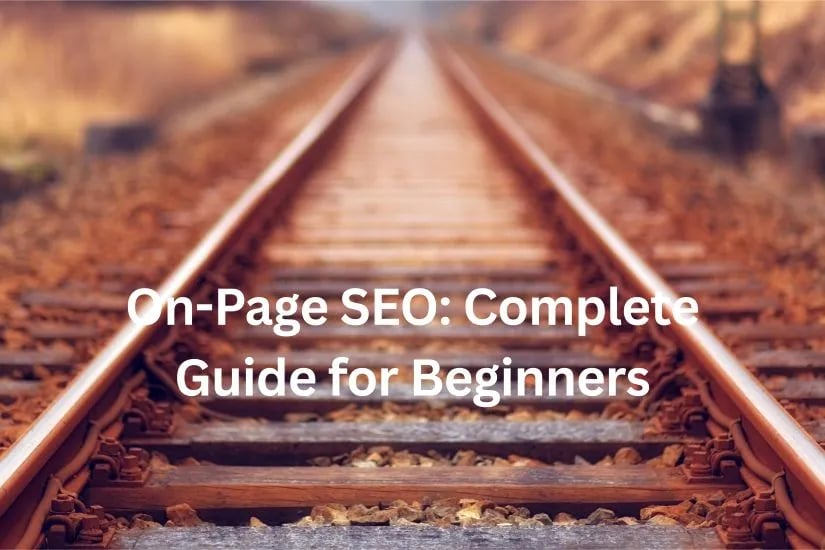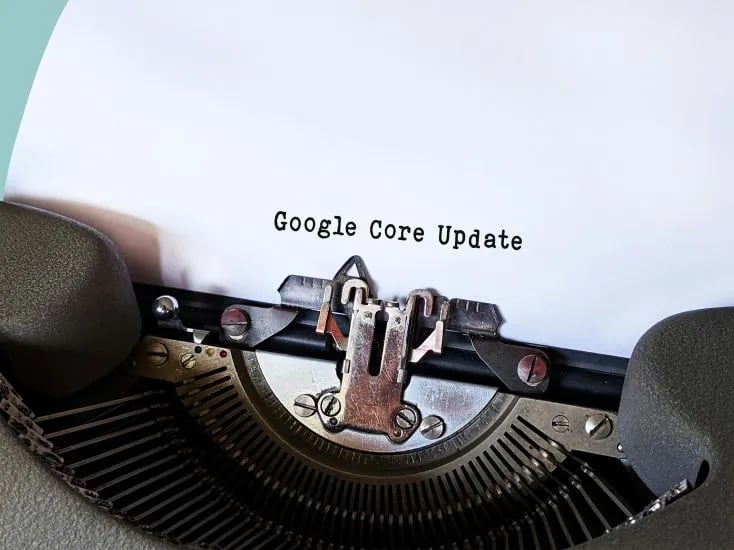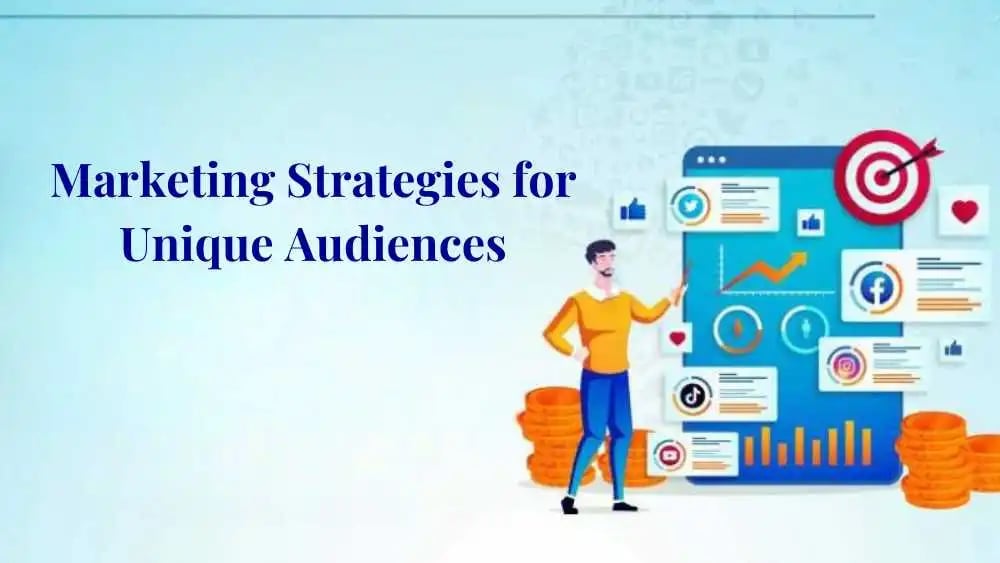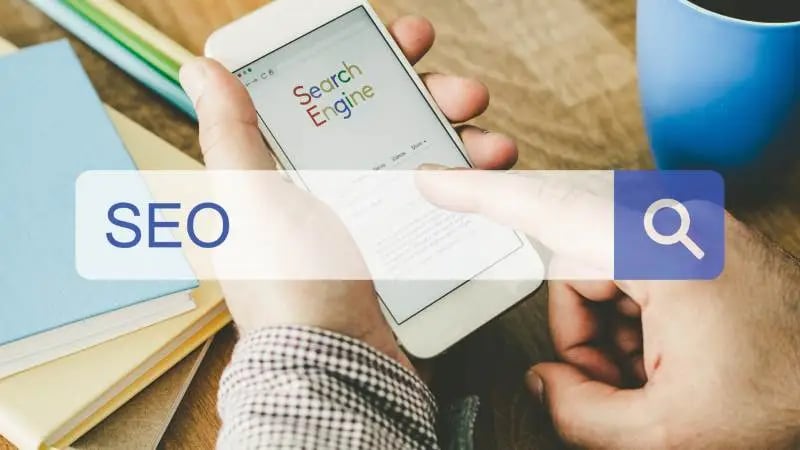
It’s important that you master on-page SEO fundamentals to boost your site’s visibility and drive targeted traffic. In this complete guide, Mister Nguyen Agency walks you through practical steps—keyword optimization, meta tags, content structure, internal linking, and page speed—so you can implement clear, measurable improvements.
The Anatomy of On-Page SEO

You break on-page SEO into tangible parts: URL structure, title tags, meta descriptions, header hierarchy, content depth, images, schema, and internal links. Each element affects how search engines interpret context and users decide to click; for example, descriptive URLs and H1/H2 hierarchy improve crawlability, while optimized images and schema can boost rich results visibility by 10–25% on some pages. Apply these components consistently across templates to scale gains sitewide.
Key Elements: Title Tags, Meta Descriptions, and Headers
You should craft title tags of about 50–60 characters that include the primary keyword near the front, and write meta descriptions around 150–160 characters that sell the click with benefits or numbers. Use a single H1 per page for the main topic and H2/H3 to scaffold subtopics; clear header structure increases scannability for users and helps Google assign topical weight to sections — a method Mister Nguyen Agency uses to lift CTRs on priority pages.
The Role of Content Quality in Optimization
You need content that satisfies specific user intent: transactional pages focus on concise product details and reviews, while informational pieces benefit from in-depth guides, data, and examples. Google’s E-A-T signals—expertise, authoritativeness, trust—matter for competitive niches, and well-researched articles with citations and unique insights tend to rank higher than thin, keyword-stuffed pages.
Focus on measurable actions to raise quality: target 1,200–2,000 words for comprehensive guides where appropriate, include original data, case studies, or examples (even simple A/B test results), and add visuals or tables to lower bounce and increase time on page. Optimize for related semantic terms and user intent by checking top-10 competitors, then fill gaps with step-by-step instructions, FAQ sections, and clear CTAs—techniques Mister Nguyen Agency applies when improving rankings for niche verticals.
Crafting Content That Engages and Converts

Use headlines that promise a clear benefit and place a visible CTA above the fold; position your primary idea within the first 100 words. Add internal links to related pages and social proof like brief testimonials or specific numbers (for example, “24,000 users”) to build trust. Run A/B tests with 2–4 headline and CTA variations, monitor conversions and bounce rate, and match your content length to intent: 300–600 words for transactional pages, 1,200+ for in-depth guides.
Balancing Keywords and Natural Language
Place your primary keyword in the title, URL, meta description and within the first 100 words, then use 3–5 semantic or related terms per 500 words to signal relevance without forcing awkward phrasing. Write for your reader first: use conversational sentences, natural synonyms and question-style H3s to capture long-tail search intent. Keep visible keyword density modest—around 1–2%—while prioritizing clarity and user value over mechanical stuffing.
Structuring Content for Readability and Scannability
Break your content into 2–3 sentence paragraphs and insert H2/H3 breaks every 150–300 words so scanners find answers fast. Aim for sentences averaging 15–20 words, use bullet lists for steps or outcomes, bold or italicize key results, and add a TL;DR at the top with 3 bullets to summarize the page. Include descriptive image captions and alt text to help accessibility and on-page SEO.
One example: Mister Nguyen Agency ran an A/B test that split a long article into 10 subheads, added a TL;DR and concise bullets; the variant produced an 18% lift in conversions and a 22% lower bounce rate. You can run the same experiment on a high-traffic page—measure CTA clicks, time on page and micro-conversions to validate improvements numerically.
Technical Essentials for Improved Visibility

Optimize server response and target a mobile load time of under 2–3 seconds by using HTTP/2 or HTTP/3, efficient caching, and CDNs. Move to HTTPS, publish a clean XML sitemap and robots.txt, and use canonical tags to eliminate duplicate-content signals. Add Schema.org structured data for articles, products, and breadcrumbs to increase chances of rich results; Mister Nguyen Agency observed a 12–20% boost in organic CTR after implementing these measures.
Image Optimization and Alt Attributes
Convert visuals to WebP or AVIF, provide responsive srcset sizes, and aim for thumbnails under 100 KB and full-width images under 200 KB. Include width/height attributes to reduce layout shifts and lazy-load offscreen images. Write concise, descriptive alt text — e.g., “men’s blue running shoes size 10” — that helps accessibility and contextual relevance without keyword stuffing.
URL Structure and Internal Linking Strategies
Keep URLs short, lowercase, hyphenated, and under 60 characters — for example /blog/on-page-seo-checklist. Maintain a shallow architecture so most pages sit within 2–3 clicks of the homepage, enable breadcrumb markup, and set canonical URLs to prevent indexing duplicate pages. Use descriptive anchor text instead of “click here” to clarify topic relevance for users and crawlers.
Adopt a hub-and-spoke model: create pillar pages that link to 3–5 related cluster articles and ensure cluster posts link back to the pillar to consolidate topical authority. Prioritize internal links from high-traffic or high-backlink pages to new or thin pages to accelerate indexing and equity flow. Audit links quarterly with tools like Screaming Frog or Google Search Console, and limit each page to focused, contextual links rather than repetitive sitewide anchors.
The Impact of User Experience on SEO Performance

You’ll see search metrics improve as UX metrics move: Google’s Page Experience update and Core Web Vitals (LCP <2.5s, CLS <0.1, FID <100ms) factor into rankings, and mobile-first indexing now applies to most sites. A Google study found 53% of mobile users abandon pages that take longer than 3 seconds. Agencies like Mister Nguyen Agency focus on lowering LCP and streamlining navigation to reduce bounce rate and increase dwell time, which indirectly lifts organic visibility.
Page Load Speed and Mobile Responsiveness
You can cut server response time by enabling HTTP/2, using a CDN, and serving compressed, properly sized images; many teams report 20–50% faster loads after those changes. Audit scripts and defer noncritical JS, inline critical CSS, and implement lazy loading to hit LCP targets. Test with Lighthouse and real-user metrics (Chrome UX Report) so you see how field performance changes impact Core Web Vitals over time.
Enhancing Engagement Through Layout and Design
Apply an F-pattern hierarchy and clear visual cues so users scan and act: place primary CTAs along the natural reading path, use prominent hero CTAs (40–50px) and break text with headings and bullets to boost scannability. A/B tests frequently lift click-through rates by 10–30% when you simplify navigation, reduce choice overload, and make next steps obvious, which increases time on page and cuts pogo-sticking.
Optimize typography and touch targets: set body text ≥16px, keep line length around 50–75 characters, and meet WCAG contrast of ≥4.5:1 for legibility. Make buttons at least 44×44px on mobile, use concise labels, and add microinteractions (hover states, animated confirmations) to reinforce actions. Use heatmaps and session recordings to identify friction, then iterate—small spacing, color, or copy changes often raise conversions and lower form abandonment by 10–30%.
Analyzing On-Page SEO Effectiveness

Monitor core metrics—organic sessions, impressions, average position, CTR, bounce rate, dwell time, and goal conversions—to judge on-page performance. Track changes over 4–12 weeks after edits; for example, a title tag refresh often lifts CTR by 20–40% within a month. Use segmented data (device, country, query) to spot patterns: desktop pages may rank higher but mobile CTRs can lag. Mister Nguyen Agency increased a SaaS client’s organic sessions 28% in eight weeks by prioritizing title/meta tweaks and internal linking.
Tools and Metrics for Evaluation
Use Google Search Console for impressions, clicks, average position and query data, and Google Analytics 4 for sessions and conversion funnels. Run PageSpeed Insights and Lighthouse for Core Web Vitals—aim for LCP <2.5s, FID <100ms, CLS <0.1. Crawl with Screaming Frog to find duplicate meta tags, and pull keyword ranking and SERP features from Ahrefs or SEMrush. Heatmaps (Hotjar) reveal on-page engagement and can explain high bounce despite good rankings.
Adapting Strategies Based on Performance Data
If CTR or conversions underperform, prioritize low-effort, high-impact fixes: rewrite title tags and meta descriptions, add targeted H2s, enrich content with FAQs and schema, and boost internal links to distribute link equity. Address Core Web Vitals if mobile bounce exceeds 60%. Use A/B testing on snippets and monitor a 4–8 week window to confirm gains; many sites see a 10–30% uplift after iterative on-page adjustments.
Form hypotheses before making changes—example: “Updating titles to include modifiers (best, 2025) will increase CTR by 15% for informational queries.” Run one change at a time on a representative set of pages, track significance with rank and traffic lifts, and segment results by device and landing page. Combine quantitative data (rankings, clicks) with qualitative feedback (session recordings) to prioritize next steps; Mister Nguyen Agency often pairs GSC trends with heatmaps to validate user intent shifts.
Summing up
Upon reflecting, you can see that On-Page SEO: Complete Guide for Beginners equips you with actionable steps—optimize content and meta tags, structure headings, compress images, improve page speed and mobile experience, implement schema, and refine internal linking—so your site ranks and converts. Use analytics to test changes and iterate, and consider partnering with Mister Nguyen Agency for expert guidance as your skills grow.










